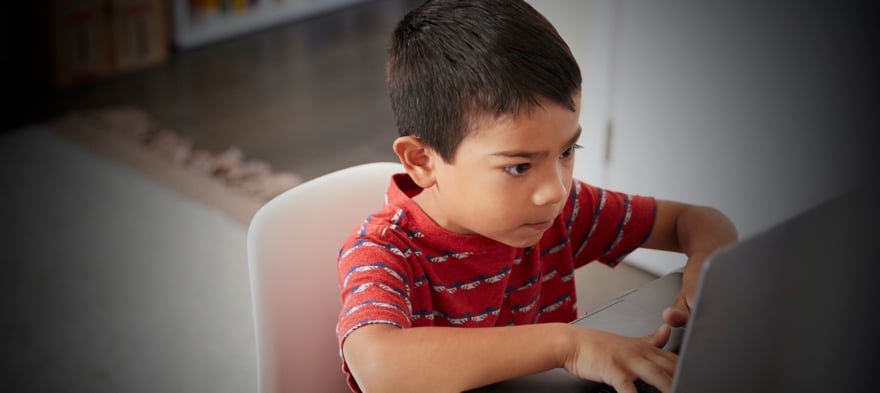
May 21, 2020 11:37:00 AM
Like an uninvited guest, the COVID-19 pandemic swept into town, upending the school year and our very way of life. As we reinforce the need for social distancing and hand washing, school closures are affecting around 55 million public school students nationwide, with schools shuttering for the remainder of the year including here in Massachusetts. But just because the schools are closed doesn’t mean that school is out. Thousands of educators around the country have had to quickly shift from the familiarity of their classrooms to the uncharted terrain of distance learning in a crisis.
Many teachers are navigating distance learning for the first time, asking questions like, “How do I ensure my students are still receiving high-quality education?” and “Will I be able to track the learning that is taking place?” Educators understand it will be crucial to keep students engaged in the virtual classroom to prevent residual learning loss. Research shows that students across all socioeconomic backgrounds experience nearly three months of learning loss in math over the summer, and new research based on summer slide is predicting a “COVID slide” of half a school year or more. These losses will be particularly acute for low-income students, as they are for summer learning loss.
However, what we have learned from efforts to stem summer learning loss in math can guide educators, districts and parents as they transition their education plans to the virtual realm. For the past three summers, EdVestors has partnered with several public schools in Boston to pilot a virtual learning model as part of our “Zeroing in on Math” blended learning work. The initiative has helped us better understand how [pullquote]existing technology-based interventions can be part of the solution for closing knowledge and skill gaps when school is closed.[/pullquote]
Amid this unprecedented public health crisis and recent guidance from the Massachusetts Department of Elementary and Secondary Education (DESE), there is an opportunity to explore what works with these tools in this remote learning environment. Some of the lessons we learned over the past three years through “Zeroing in on Math” may be useful when putting any tech-based remote learning into practice including:
Finally, see the opportunity. Although putting a system in place for distance learning may seem challenging, these investments will be worth it as they will get us through this pandemic and provide lessons for the future. Not only is it an effective way to connect with students and meet their educational needs, but these approaches will also advance educators’ ability to connect with students, their families, and our world in a time that is reassigning the role of school to be a collective effort.
Marinell Rousmaniere brings over 20 years of experience in youth development and education to her role as President & CEO of EdVestors. Over her nine+ years with EdVestors, Marinell has been a key leader, most recently serving as Senior Vice President for Strategic Initiatives where she oversaw BPS arts expansion and launched EdVestors' newest strategic initiative in career and technical education. Previously, Marinell served as Executive Director of MYTOWN, a creative youth development organization connecting teens to Boston’s diverse history, and worked as a senior staff member in former Mayor Menino’s mayoral initiative on out-of-school time. A graduate of Connecticut College, Marinell also holds an MBA in public and nonprofit management from Boston University. She resides in the Hyde Park neighborhood of Boston with her husband and two children who attend Boston Public Schools.
Few issues in education spark more tension and debate than standardized testing. Are they a tool for equity or a burden on students? A necessary check on school systems or a flawed measure of...
Charter schools are public schools with a purpose. Operating independently from traditional school districts, they're tuition-free, open to all students, and publicly funded—but with more flexibility...
Despite the benefits of a diverse teaching force, prospective teachers of color fall out of our leaky preparation pipeline at every stage: preparation, hiring, induction, and retention. Here’s what...
Ed Post is the flagship website platform of brightbeam, a 501(c3) network of education activists and influencers demanding a better education and a brighter future for every child.
© 2020-2025 brightbeam. All rights reserved.
Leave a Comment